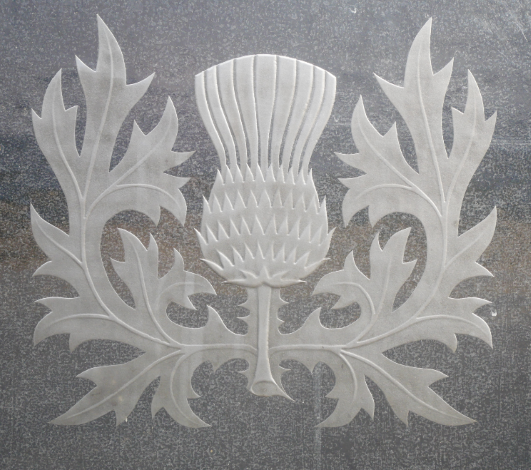Following his unfortunate death, to ensure continuity in the Library project, Reginald Fairlie was succeeded as the Library’s architect by one of the partners in his architectural practice, Alexander Ritchie Conlon.
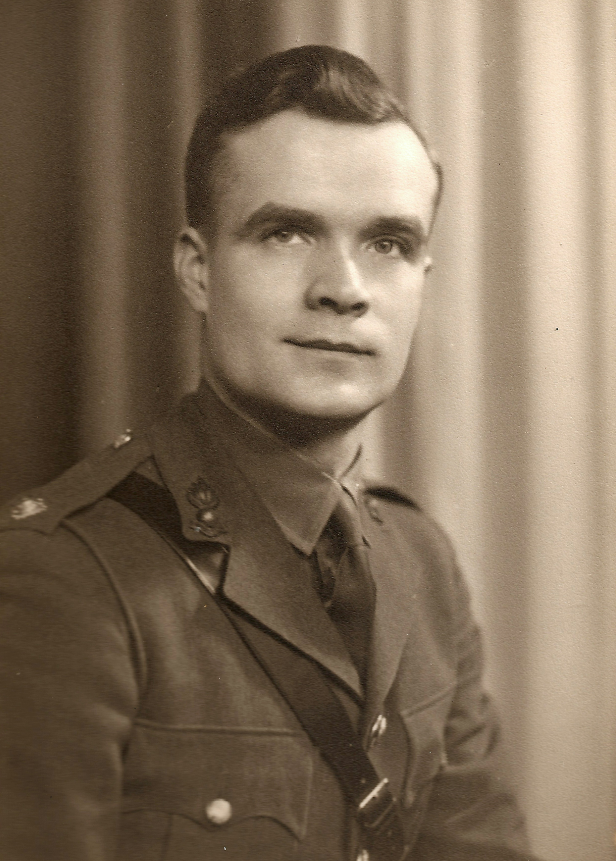
Conlon’s fledgling career had been interrupted by the Second World War, during which he served as an Officer with the Royal Engineers’ bomb disposal. On his return from the war, Conlon resumed his career in architecture and eventually became a partner in Fairlie’s practice at Raeburn Place. Following Fairlie’s death, Conlon, alongwith fellow partner Charles Gray, took on the running of the practice and Conlon was tasked with overseeing the completion of the National Library building. While the overall scheme is true to Fairlie’s original design, Conlon – liaising with the Ministry of Works’ site architect, Mr Stewart Sim – simplified some elements of the design, such as the ornate front-door surround, and encouraged a change in one of the most striking features of the Library’s entrance level. To achieve this, outside expertise was required.
Helen Nairn Monro was born in Calcutta, India, but was raised in Edinburgh after her family returned to Scotland. Educated at George Watson’s Ladies’ College, she went on to study at Edinburgh College of Art, where she specialized in engraving. On graduating from the College of Art, she found success as a book illustrator. The striking imagery of her graphic work found favor with publishers – such as Thomas Nelsons & Sons – and she illustrated a range of books and designed many book covers.
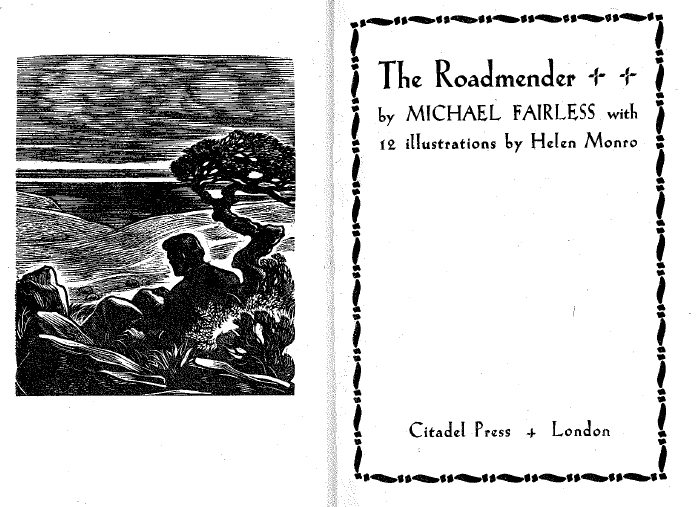
This copy is stored within the Library’s collections, at Shelfmark Vts.175.i.46
However, her passion remained engraving and, in particular, glass design. In 1938 she was awarded the Andrew Grant Fellowship which gave her the opportunity to study abroad and so she travelled to Germany, where she studied glass-engraving under Professor Wilhelm von Eiff at the Kunstgeweberschule in Stuttgart. World events brought her study of glass-making and engraving and decorating techniques in Stuttgart to an end as, with the war looming, she left Germany in August 1939 and returned to Britain via Switzerland. She recalled that “when term ended at Stuttgart, it seemed advisable to be on the other side of the frontier”!
Though her studies abroad had been curtailed, her enthusiasm for the medium of glasswork had bloomed. On her return to Britain, she spent a number of months visiting glassworks and designers, before founding two small studios, one in Sheffield and one in Edinburgh. In 1941, she established the department of glass design at Edinburgh’s College of Art. In 1943, Helen Monro married Professor William Ernst Stephen Turner, O.B.E., of Sheffield University, one of the country’s leading academics on the study and use of glass technologies. Given the esteem both were held by the glass industry, Helen was presented with a special dress for her wedding day – Glass Fibres Ltd. Of Glasgow made a wedding dress, hat, handbag and shoes out of glass fibre; the dress was a shade of blue which would change colour depending on how the light struck it. Taking the name Helen Monro Turner, she continued to grow her department at Edinburgh College of Art and in 1947 was appointed its full-time instructor.
Over the coming years, she effectively pursued three careers simultaneously – as a graphic artist, as a glass engraver, and as a teacher at Edinburgh’s College of Art. Given her expertise and skill, Turner was often approached to design and produce special glass commissions.
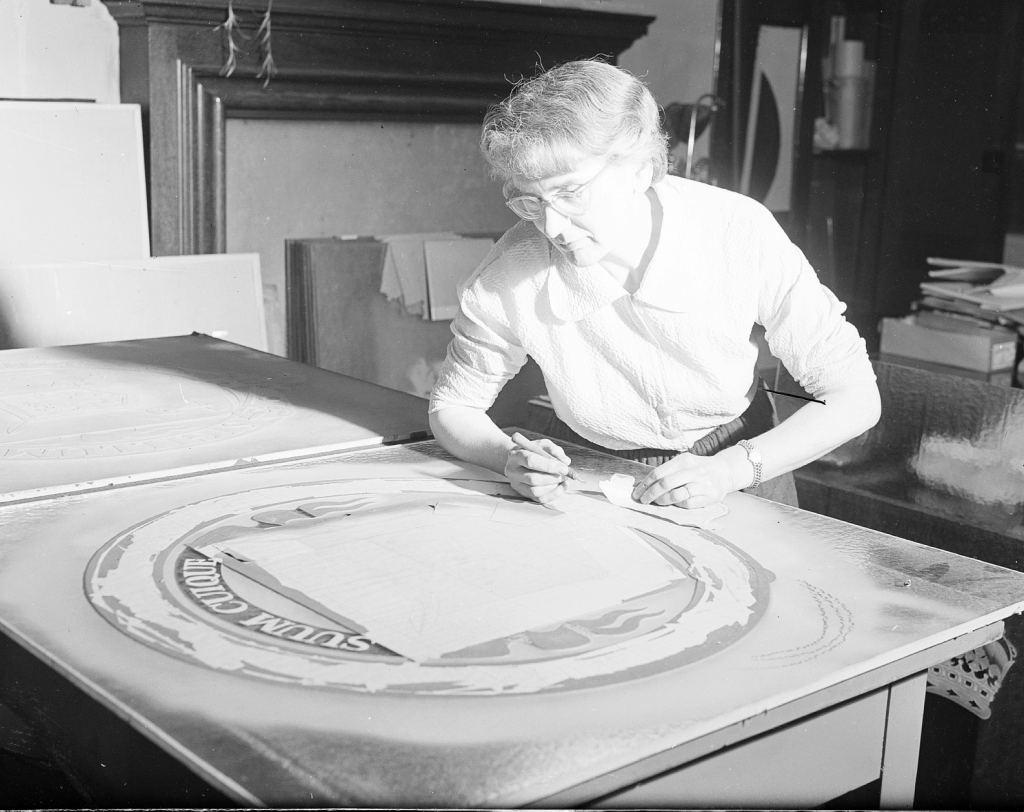
Her role in the National Library came about when one of the few alterations to the late Reginald Fairlie’s design was made. While Fairlie’s original plan was for the 18-foot-high windows overlooking the main staircase to have plain glazing, his successor Alexander Conlon proposed the windows be decorated. In December 1953, Conlon met with staff at the College of Art and its Principal, Robert Lyon, wrote to the Library formally recommending Helen Monro Turner for the commission – though he also suggested a further change to the design:
“I had a visit from Mr Conlon of Reginald Fairlie and Partners, when we discussed the proposed decoration of the staircase window in the National Library of Scotland. I would like to suggest that here is a possibility of using coloured and decorative glass in a contemporary manner as much research has been done in this medium over the past few years by the technologists. On the applied side, we here at the College have been foremost in developing the possibility of design in this medium and have, as the Head of Department, Mrs Turner, whose husband Professor Ernest Turner is Head of the Department at Sheffield University, and who has been of great assistance in establishing a department in this College. As Mrs Turner herself is a very good designer, familiar with the work done on the Continent and America, I suggest that she might be considered as a suitable person to carry out this work.”
While the Library did not pursue the proposed use of decorative coloured glass, they happily granted Helen Monro Turner the commission to engrave the windows as per Conlon’s new designs for them.
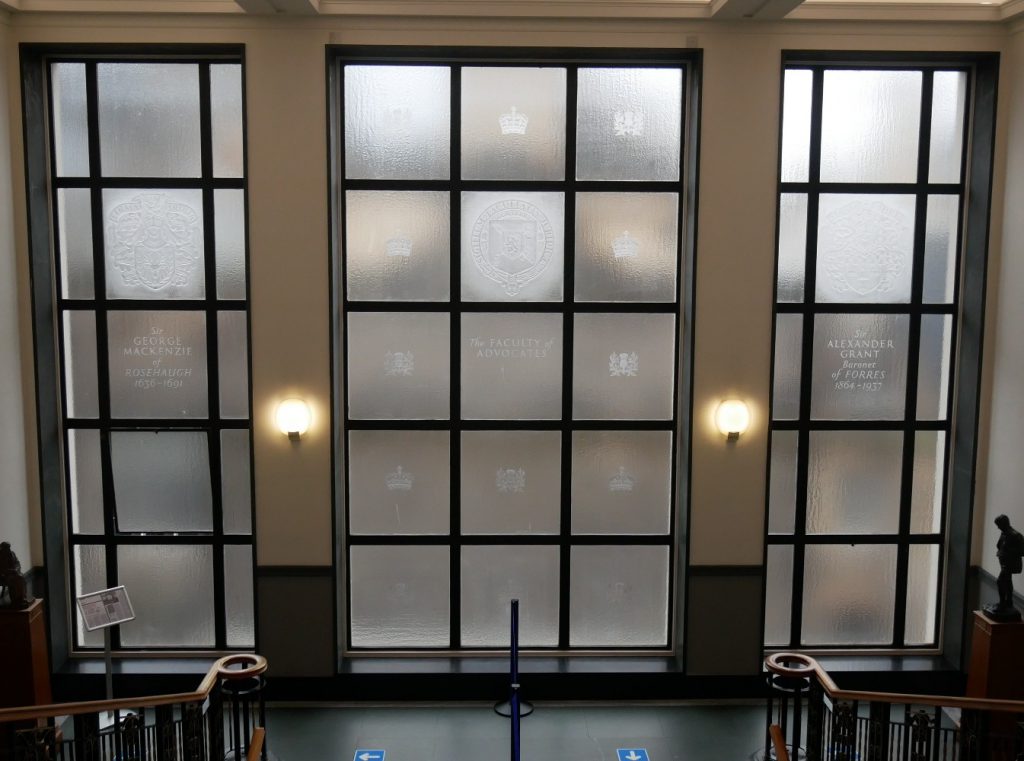
The window is composed of three lights divided into bronze-framed panels of 3-foot Pilkington Glass. Not all of the panels are decorated – some have a thistle, others a crown – but the three dominant panes are the seal of the Faculty of Advocates, flanked by the coats-of-arms of Sir George Mackenzie of Rosehaugh and Sir Alexander Grant, Baronet of Forres. The subjects were chosen for the key roles they had played in the history of the National Library’s establishment.
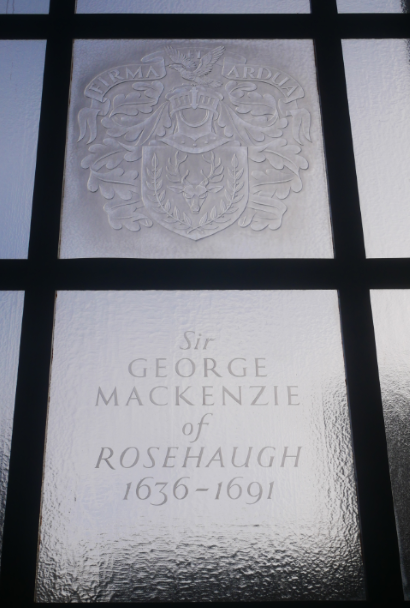
Enrolling the help of two of her students at the College – John Laurie and Charles Coventry – Turner produced the distinct glass panels which can still be seen overlooking the Library’s main staircase. The designs were sand-blasted in relief, on to panes of white glass:
“The glass is covered with a resist, the design cut out with a sharp knife, and then during sandblasting, the resist is removed at stages according to the depth desired. Finally the design is partially polished, allowing light through in certain areas to heighten the effect”.
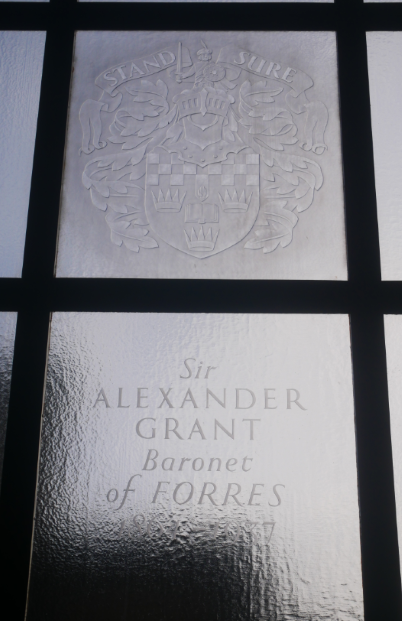
Although they were unable to persuade the Library to have coloured glazing, Turner and her apprentices were able to insert some playful elements into the designs – though you’ll need a keen eye (or a magnifying glass) to see them! Research by the academic Dr Jill Turnbull and Sally Harrower of the National Library discovered that the engravers had slipped in, not only their initials, but also a little mouse motif into the glass designs.
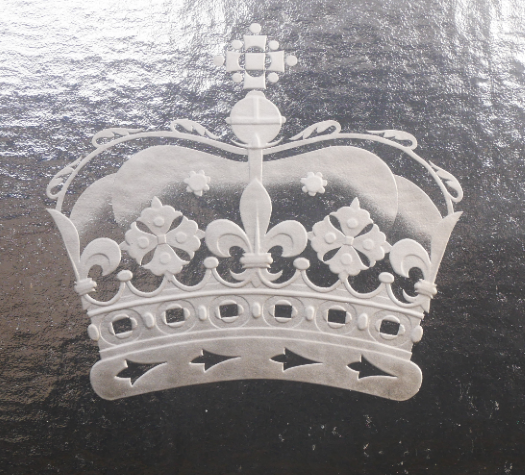
The next time you’re in the Library and pass the central engraved window, read the information tablet on the landing and use the description to try to find Turner’s name, the initials of her apprentices (‘JL’ and ‘CC’) and the wee mouse hidden somewhere in the Advocates’ engraving.
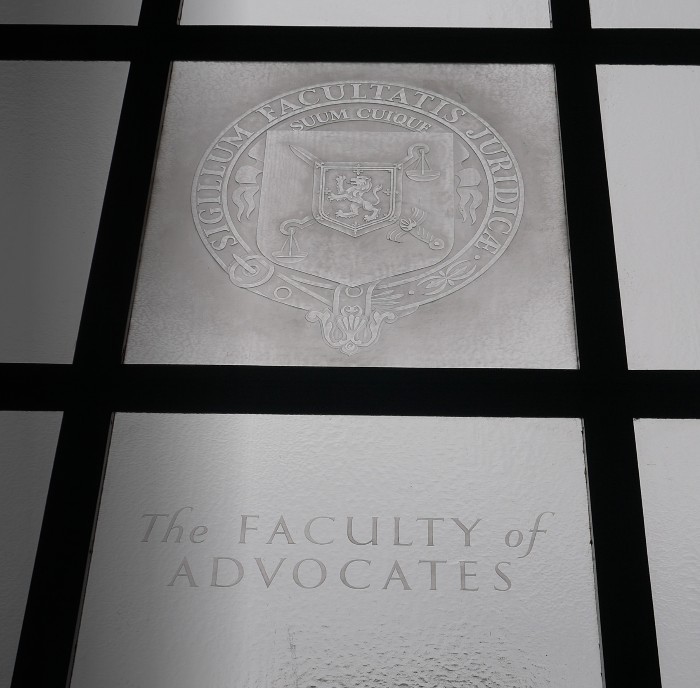
Where in the engraving?
Ah, that would be telling…
Acknowledgements: Images kindly supplied by National Library of Scotland and Historic Environment Scotland/SCRAN
